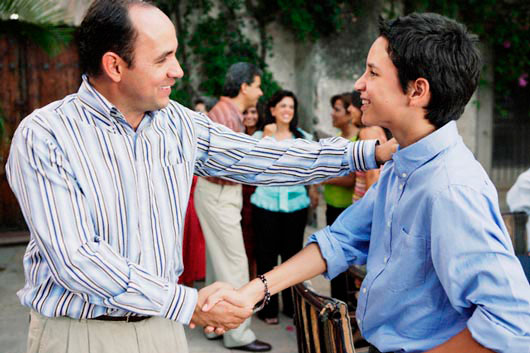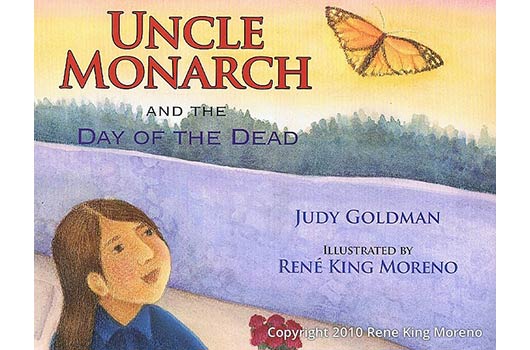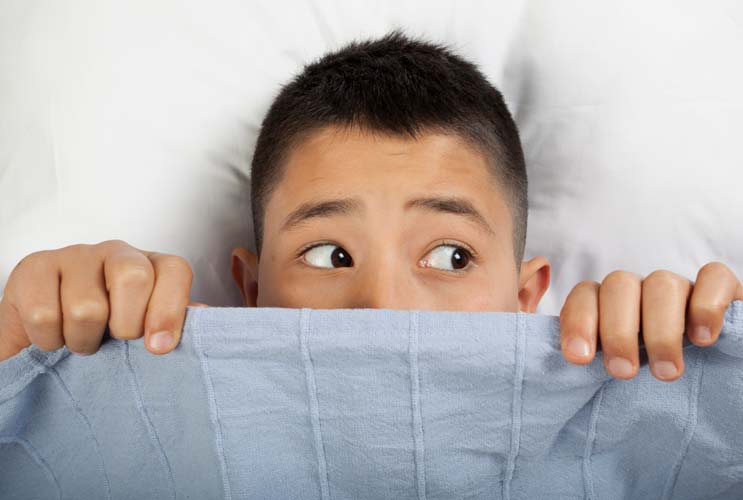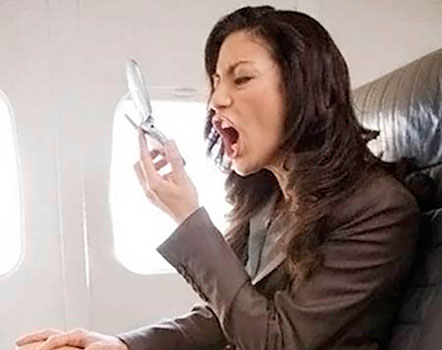
The first time the cowboy met my son Alexander, he held his hand out for the boy to shake. My son, 10 at the time, just sort of looked at the man’s hand in confusion.
“Shake, son,” said the cowboy. Alexander looked at me for guidance, which was probably his first mistake. “Shake,” I repeated. “Go on.”
Realizing my son didn’t quite know how to do what was being asked of him, the cowboy took the boy’s hand in his own, and squeezed it.
Apparently, my son did not respond in kind because soon enough the cowboy said, “Not like a dead fish, son. Shake hands like a man.”
My son was utterly perplexed by all of this. That is my fault. In his ten years of life, it had never occurred to me to teach my son how to shake hands. Obviously, it had never occurred to any of the men in my son’s life until that point, either.
“Look me in the eye,” the cowboy told him, still gripping his hand. Sheepishly, my son winced up at him. “Not like that. Like you mean business. With confidence.” My son tried. The cowboy was dissatisfied.
“Let’s try that again,” he said to my boy, releasing his hand. Then he explained to my son the importance, in the world of men, to a firm handshake and a confident look in the eye. “You don’t want to squeeze so hard you hurt somebody,” he said, “but you don’t want them to think they can run all over you, either. The handshake is how you establish pecking order. It’s how you show respect. It’s important you get it right.”
Turns out, the cowboy was right. (Surprise, surprise.) A good handshake is important for all people to know, but especially for boys. According to a 2001 study by the Incomm Center for Trade Show Research, prospective employers are more likely to overlook tattoos and body piercings than a wimpy—or overly tight—handshake. Studies also show that employers are more likely to judge a man than a woman on the efficacy of their handshake.
The cowboy and my son practiced. And practiced. And then the cowboy told my son that when he finally went down to the ranch for the first time and was introduced to the men in the area, it was crucial for Alexander to shake hands properly, and look people in the eye as he greeted them.
Naturally, this made me nervous, as did the cowboy’s request that my son refer to the men he met as “Mister” and then their last names. I’d raised my son as I myself had been raised by my hippie parents, to thwart and even mock such conventions.
The day came when my son was to meet one of the neighbors. The cowboy alerted his male friends that he was trying to teach my son proper handshake etiquette and that if he didn’t do it right they were encouraged to correct him on the spot—not to “jump on his case,” but rather to jokingly point out that Alexander could do better, along the lines of “Is that the best you can do?”
To our great surprise, my son stepped up. Upon meeting the first neighbor, he stood tall, shook with confidence, looked the man in the eye and called him Mister. I was so proud of him, and a bit embarrassed for not having thought of teaching him this stuff myself.
After all, I had been adamant about reading to him every night, giving him healthy food, and making sure he exercised and had regular dental checkups. I wanted him in the best schools, with a broad vocabulary. I took him to concerts and museums to broaden his mind and, I thought, equip him for the real world. Yet, like many single mothers, I had forgotten that sometimes it is the most basic things—and often the nonverbal things—that make the biggest impression upon the world, and determine your child’s place in it.











